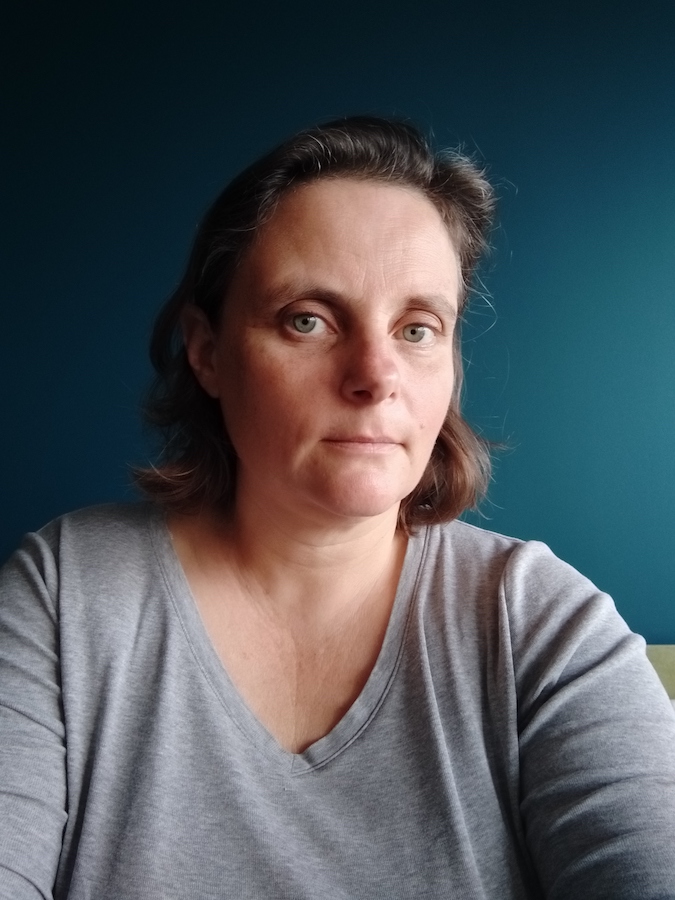DUBAI: The Paris-based, Lebanese ceramicist discusses a work created in 2020 in the midst of Lebanon’s socio-economic downfall.
My background is, in fact, not in art. I have a PhD in anthropology and I worked in France’s Museum of Natural History. My husband had an opportunity to move to China, so we moved there and then to Singapore. I was in the intellectual field for so many years and wanted to do something with my hands.
I took some art classes and after one ceramics class, I said: ‘OK, this is it. This is what I really want to do.’ What I like about pottery is the way that you can touch and move the clay. You have a dialogue with the clay. It’s very relieving, very natural. And your brain doesn’t work. I mean it works, but not in the same way.
My goal is always to push the clay as much as possible. I tear it, make holes in it and then I patch it. It’s always like a game with the clay. For me, it’s like a metaphor for life: It’s never smooth, there are always accidents, cracks, and you have to keep going.

Tania Nasr has a PhD in anthropology and she worked in France’s Museum of Natural History. (Supplied)
I grew up in Lebanon and I left when I was 17. The story of this country is you always have to leave it. When I wasn’t living there, I had this ideal image of it. I have memories of Lebanon’s mountains and their colors — red, yellow, purple. They always moved me. You can see on the horizon one mountain after another, they’re like lines. When I began to do artistic pottery, I began to mix different clays and make horizons, a little bit like landscapes.
My pieces are round but with this piece, I opened it up a little bit more. It’s much more destructured. I think it’s directly linked to the whole ambiance in Lebanon. I didn’t have a plan for what I was doing; it was quite natural. When I looked at my piece, I thought it was chaos — much more so than my other works. We had two years of chaos in Lebanon. There’s a little bit of violence in the work too.
I particularly like this sculpture, because it’s a change in my work and it’s really a link to the time I spent in Lebanon. I won’t sell it. I’ll keep it for myself.












